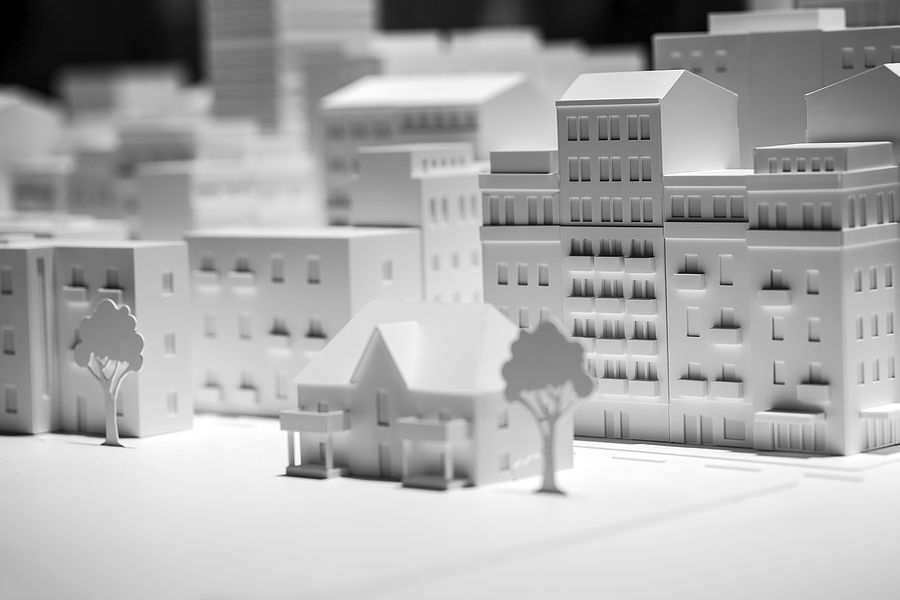CNC machining has made it simple for companies to create quality, accurate products for a variety of applications. First developed in the 1950s, these processes started gaining prominence in the world of architecture in the 1990s. Here is how you can incorporate CNC machining into your architectural projects.
What is Computer Numerical Control (CNC)?
CNC machining is a technology that consists of precise operations and high production rates. It relies on the simple principle of giving a machine a set of coordinates and instructions that tell it where to go, what to do, when to start, and when to stop.
The combination of instructions and coordinates is known as g-code. CNC offers several advantages. It can be repeated indefinitely without the need for supervision. It is incredibly precise, allowing for the creation of identical and accurate materials. It can also be used with a variety of materials like wood, metal, and composites.
CNC Machining in Architecture
With the ability to provide fast, safe, and precise manufacturing, CNC technology has attracted the attention of architects, engineers, and builders. Here are some of the ways CNC machining is used in architecture:
Architectural Models and Prototypes
In the world of architecture, creating scale models of buildings, developments, and complexes is a vital first step. CNC machines are being used more and more to produce precise down-to-scale architectural models. These can be created from plastic, wood, or other materials and show the smallest three-dimensional details.
CNC modeling allows an architect to produce a highly-accurate representation of their design so that builders, engineers, and other stakeholders can understand their ideas. The builders and engineers can use these models to create their own construction plans.
Interior and Exterior Design Elements
CNC technology has been used to create entire buildings. But it is more common for architects to use the technology for interior and exterior design elements. For example, instead of creating molds manually, they can be produced using CNC technology much quicker and more accurately.
CNC machinery can be used to produce elegant metal accents or designs on wooden banisters or Corian countertops. Once the architect has the idea for the design, it is introduced to the CAD/CAM program for a 3D rendering and translation to machine language. The final stage is simply choosing the appropriate material for the work and having the machinery take care of the CNC process to get the finished product.
Components by Design Offers CNC Machining for Architectural Applications
At Components by Design in Charlotte, NC, our team has been working with CNC technology for over 20 years. We offer CNC cutting and outsourced CNC services to meet the needs of our customers. If you aren’t sure which technology or materials are right for your project, we can help. Contact us to learn more about how we can improve your latest architectural project and make your vision a reality.
